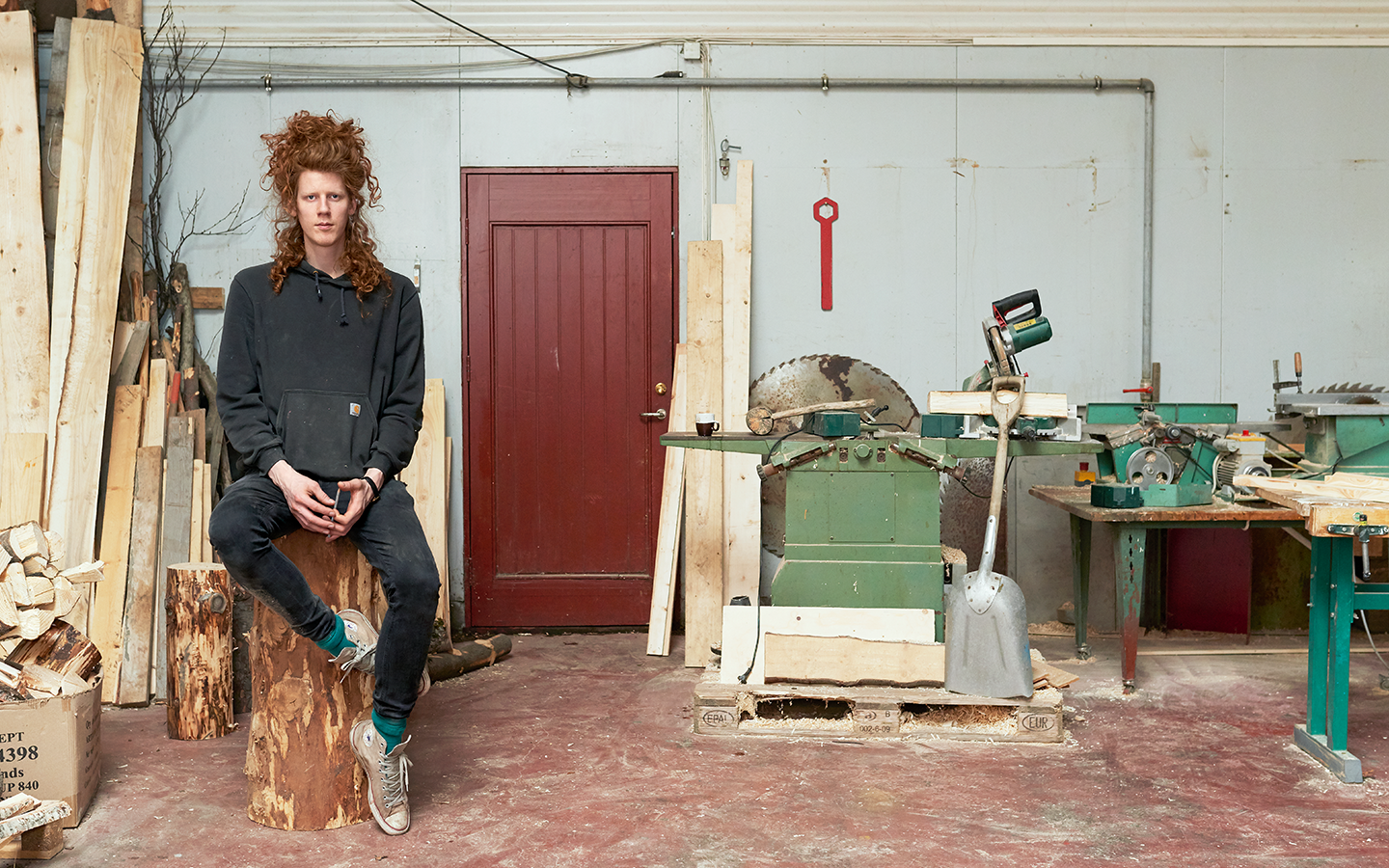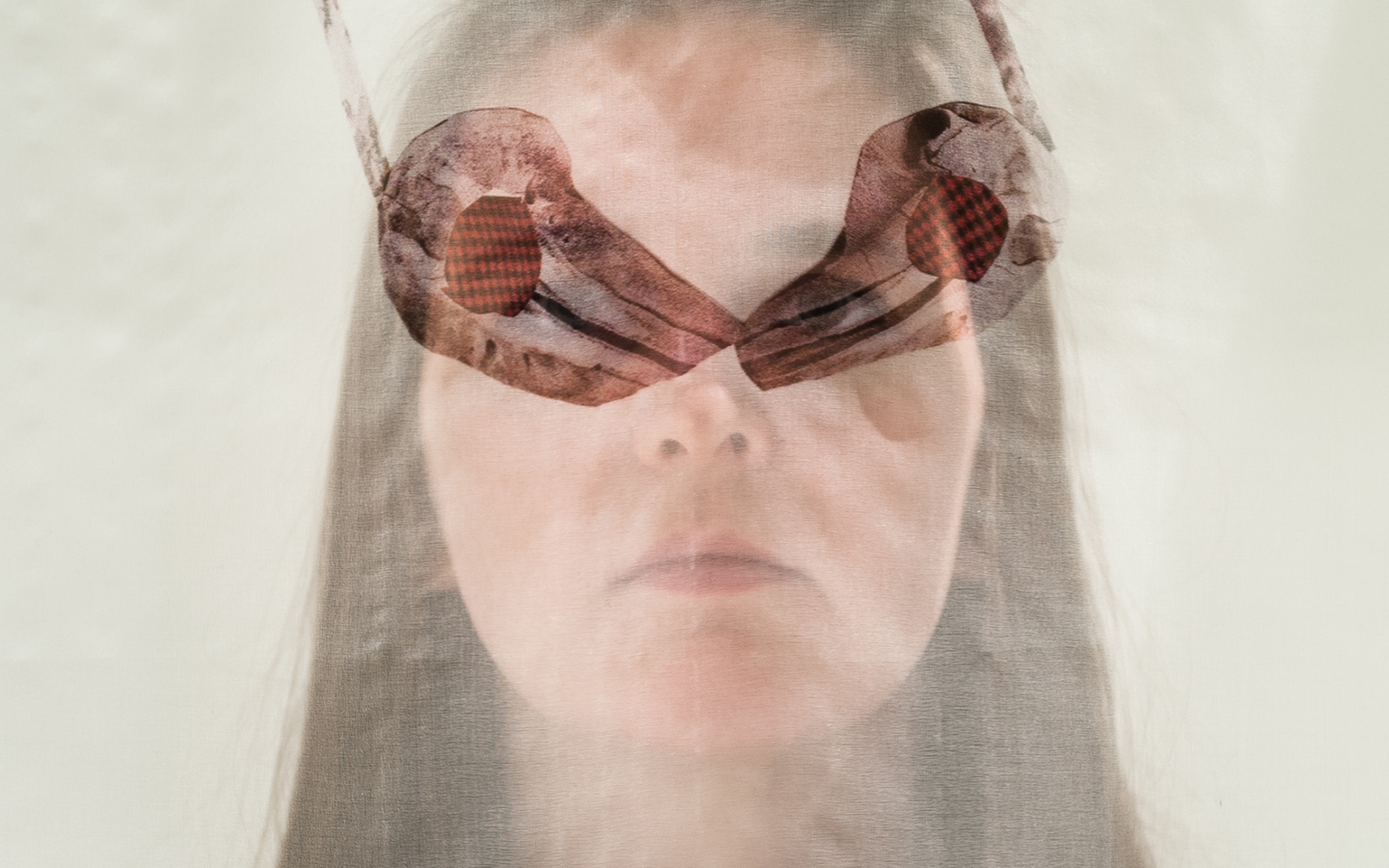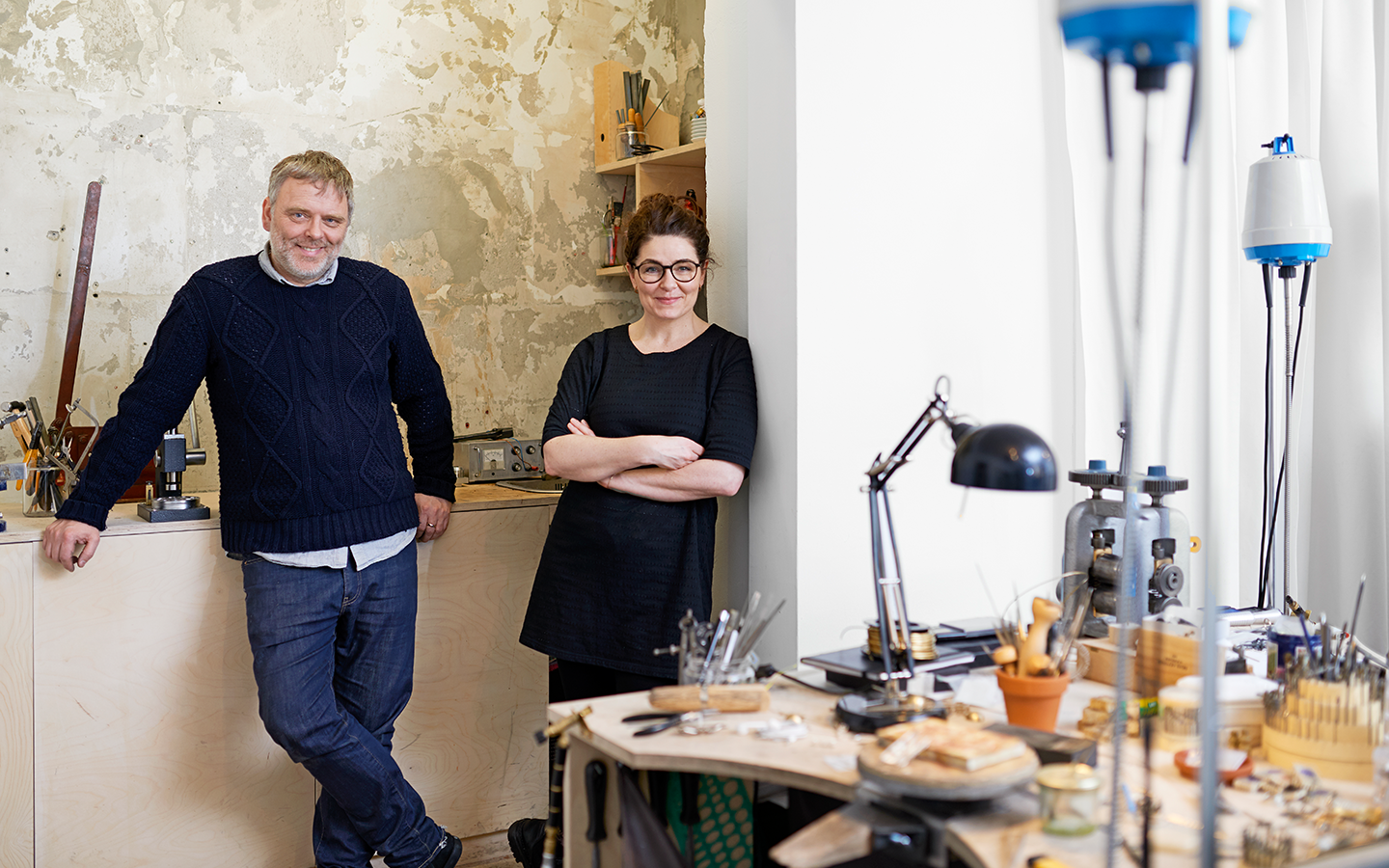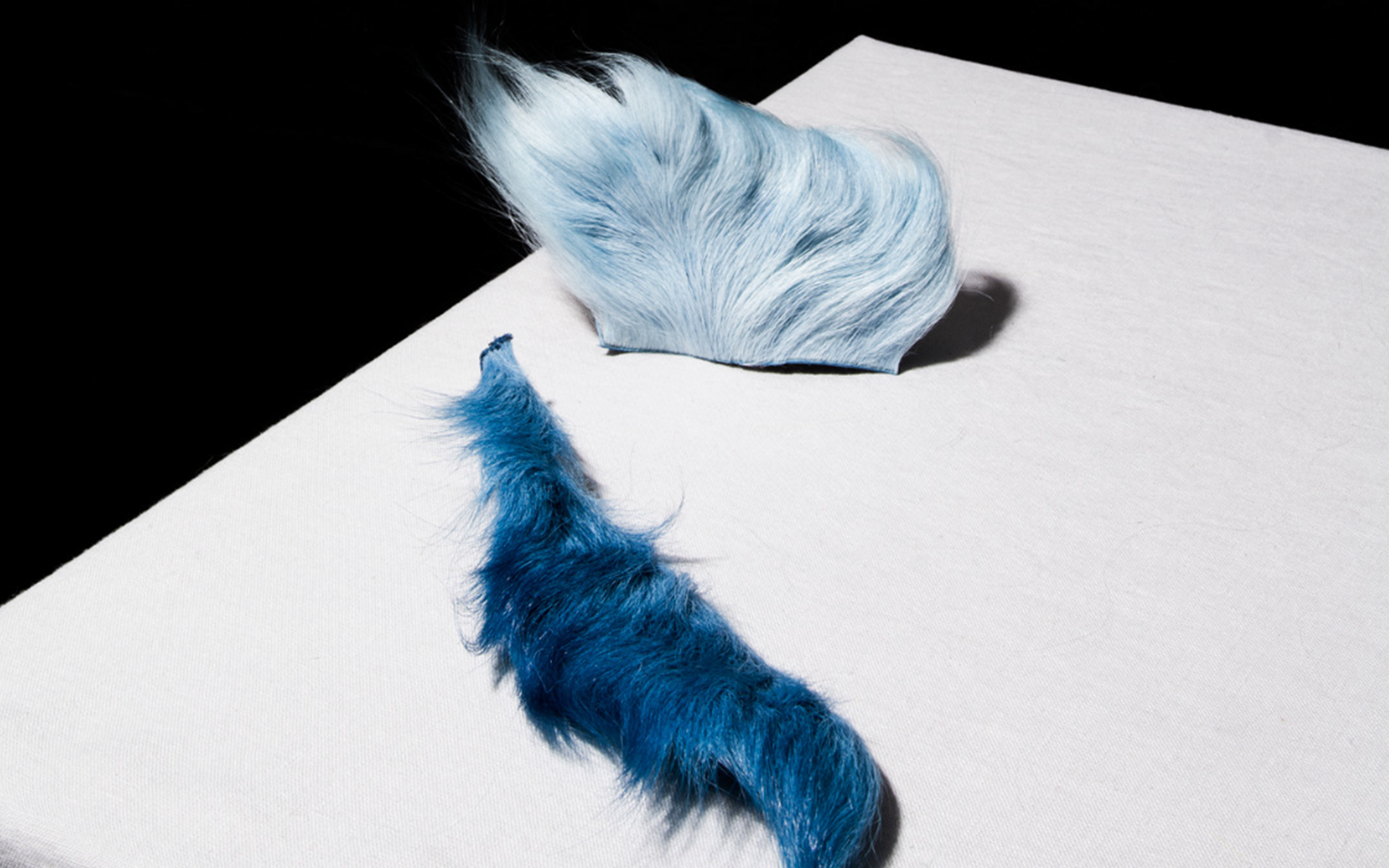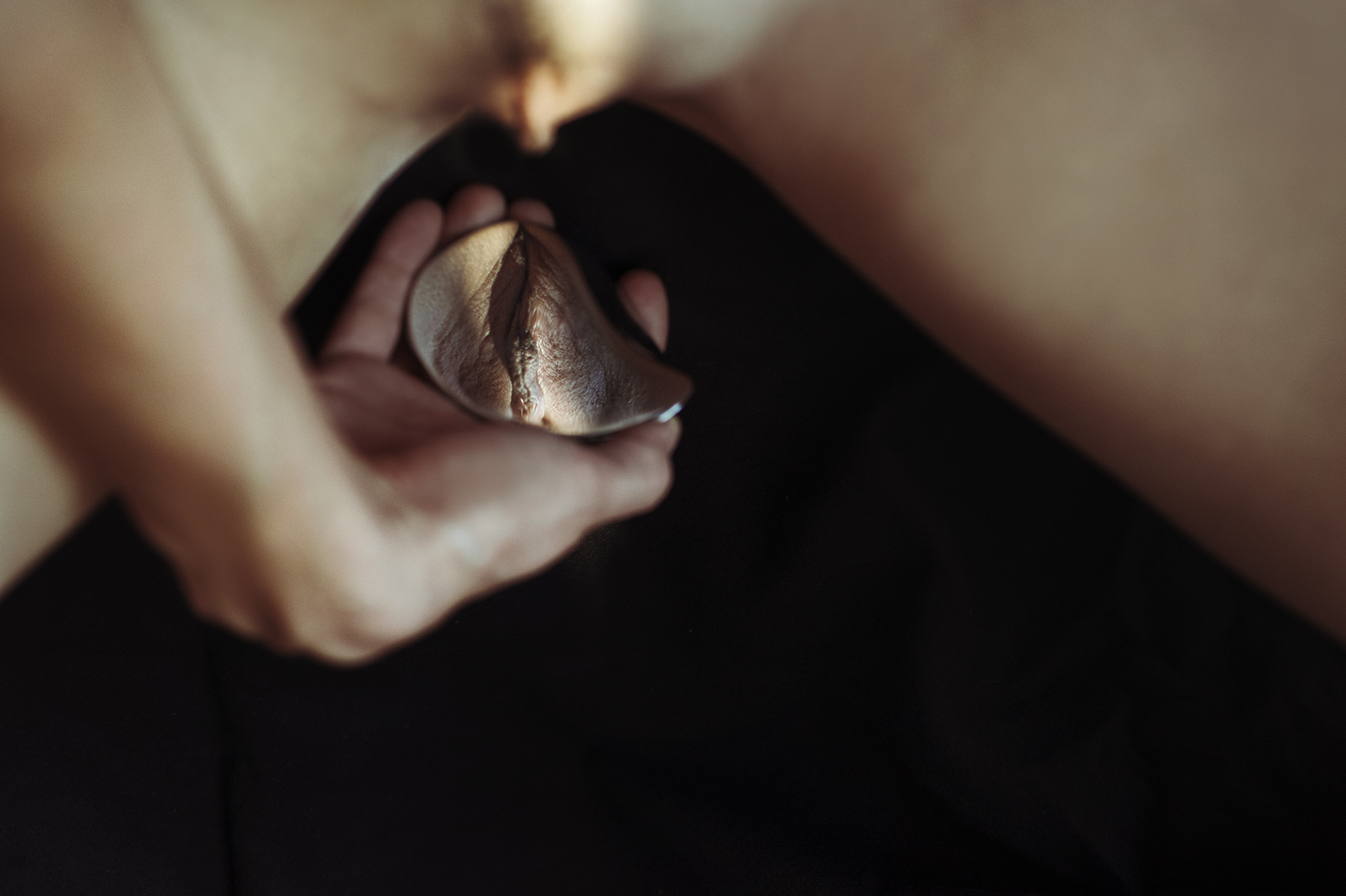Bonding with the Environment — Product designer Brynjar Sigurðarson
First published in HA issue no. 02, 2015. Since graduation, product designer Brynjar Sigurðarson has achieved some remarkable things, among them the coveted Swiss Design Awards, which he won in the category of product and industrial design. The award was issued for the line of products he conceived during his month-long stay in the tiny Icelandic fishing village Vopnafjörður several years ago, a stay he describes as having had a marked influence on his career. Brynjar has a unique and honest approach to his subject matter, and is now forging new paths within the design world. The ECAL Years After graduating from the Iceland Academy of the Arts in 2009 with a degree in product design, Brynjar’s path lay to the door of the esteemed École cantonale d’art de Lausanne (ECAL), this time seeking an MA in product design. When asked, Brynjar explains that his choice of Switzerland was largely coincidental; he’d noticed a poster advertising the university, gotten an interview and moved to Lausanne shortly thereafter. Brynjar describes his studies at ECAL as being …


